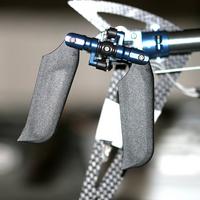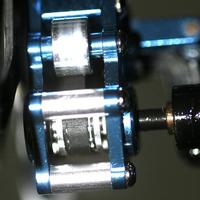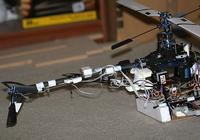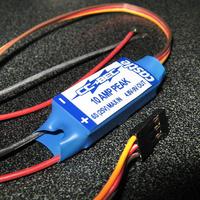Comments (1)
Add Comment
-
 Views: 204
Views: 204
It's bad. -
 Views: 149
Views: 149
It's worse. -
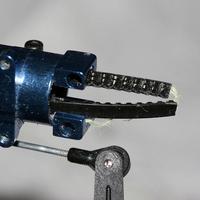 Views: 192
Views: 192
It's Hillary. -
 Views: 183
Views: 183
Latest IMU pad is 1/2" thick. It definitely seems to like this padding better than the last one. Really need a way to fit the 1" padding. -
 Views: 174
Views: 174
Did a compromise and unloaded the flybar weights. Very flyable & quieter without them.
-
 Views: 202
Views: 202
Poplar IMU weight. -
 Views: 198
Views: 198
Double sided tape effectiveness on poplar. -
 Views: 170
Views: 170
Double sided tape was such a pain to remove, didn't secure the styro enough to photograph. StyroMU weight. -
 Views: 199
Views: 199
StyroMU locked & loaded. -
 Views: 186
Views: 186
Obviously absolute pitch of 35` is way off. No idea why that's happening. No obvious drift until the velocity picked up. Then got a sudden nose up. -
 Views: 174
Views: 174
-
 Views: 190
Views: 190
The accelerometer anomaly. In flight, the angles are way up. -
 Views: 206
Views: 206
Analog accelerometer anomaly in flight. 1g is 4300 so things appear to shift 1/2g in flight. Is it static electricity, aliasing, or Hillary?
-
 Views: 201
Views: 201
Styrofoam -
 Views: 164
Views: 164
Posterity photos before the next crash. -
 Views: 167
Views: 167
Before the fire. -
 Views: 168
Views: 168
After power cable replacement. -
 Views: 142
Views: 142
BBQ cable -
 Views: 174
Views: 174
-
 Views: 169
Views: 169
New power cable -
 Views: 173
Views: 173
The most painful experience with this board, but moving the servo headers off the board would be heavy.
-
 Views: 222
Views: 222
The stiffness of these skids is such a problem, may need skid padding. No electronics tray may survive. -
 Views: 200
Views: 200
Neutral pitch with THROTTLE_VALUE of 0.55. This is very very slow for the Taiwannosaurus. -
 Views: 201
Views: 201
Flight time with this RPM was longer than some anecdotes but pathetic by Corona standards. With governator & low RPM, U can't tell when the battery is fading until the battery protection algorithm starts. -
 Views: 193
Views: 193
-
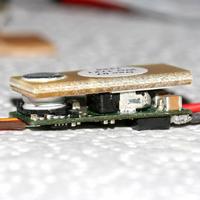 Views: 305
Views: 305
Your first look inside the CC BEC. -
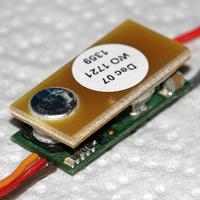 Views: 271
Views: 271
It's mostly a heatsink, inductor & capacitor. -
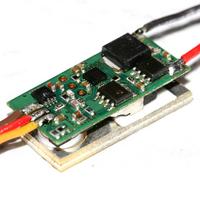 Views: 248
Views: 248
-
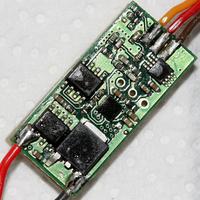 Views: 283
Views: 283
Part numbers have been removed to prevent copying, but clearly it's 2 MOSFETs, a standard buck controller, & the reverse current diode. -
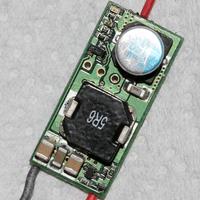 Views: 265
Views: 265
Inductors had a renaissance in the last 8 years because of energy shortages. -
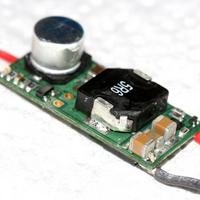 Views: 264
Views: 264
-
 Views: 256
Views: 256
-
 Views: 256
Views: 256
-
 Views: 305
Views: 305
HS-65 metal gears 4 U. -
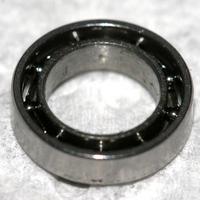 Views: 275
Views: 275
They do not come with a ball bearing, the world's smallest in fact. -
 Views: 288
Views: 288
Took 2 hours to get the ball bearings transferred. -
 Views: 288
Views: 288
-
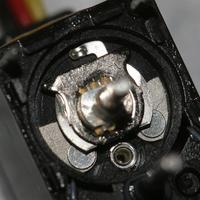 Views: 271
Views: 271
Pot is right against the gears. No grease soaking this time. -
 Views: 273
Views: 273
-
 Views: 299
Views: 299
What U get after a few minutes of HS-65 punishment. -
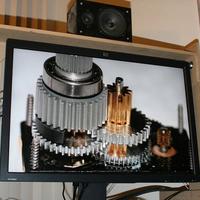 Views: 303
Views: 303
The Jesus monitor meets the gears.
-
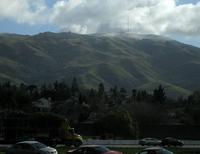 Views: 279
Views: 279
Snow on Missionary peak was the lowest we've ever seen it. -
 Views: 239
Views: 239
-
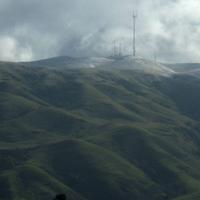 Views: 235
Views: 235
-
 Views: 236
Views: 236
-
 Views: 225
Views: 225
The East side of Missionary peak -
 Views: 236
Views: 236
The East side of Missionary peak -
 Views: 226
Views: 226
Where we are most of the time instead of flying. -
 Views: 246
Views: 246
Green tech is big, just not jobs in green tech.
